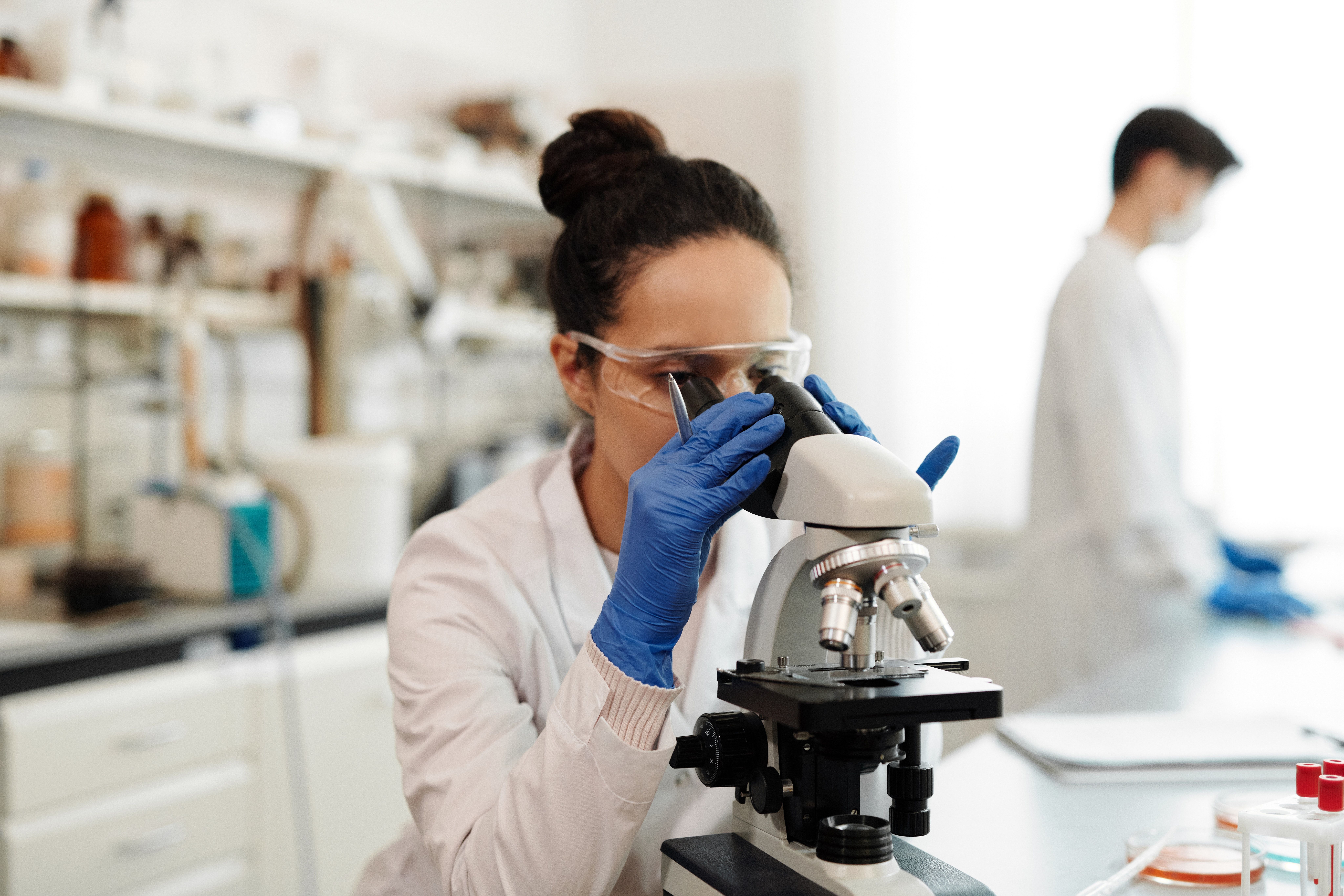Impaired Immune Response in HIV Affects Efficacy of COVID-19 Vaccines
Correlating immune response to COVID-19 vaccination in persons with HIV to their CD4 T-cell count could inform optimal vaccine strategy.

The immune response to anti-SARS-CoV-2 vaccines in persons living with HIV (PLWH) has been correlated to their CD4 T-lymphocyte count, in a study that investigators suggest could inform optimal vaccine strategy for this vulnerable population.
"In the context of the current debate on benefit-risk of booster dose, it was suggested that an additional dose could be delivered to immunocompromised individuals without an adequate immune response to standard schedule," noted Andrea Antinori, MD, Clinical Department of Infectious Diseases and Research, HIV/AIDS Unit, National Institute for Infectious Diseases Lazzaro Spallanzani IRCCS, Rome, Italy, and colleagues.
In addition to concluding that their data support providing vaccine booster doses for PLWH with CD4 T-cell counts of <200cell/mm3, they argue that it is also reasonable when CD4 counts are between 200 and 500 cell/mm3, "taking into account both dysregulation and poor immune response observed..."
To characterize immune response to the Pfizer/BioNTech BNT162b2 and Moderna mRNA-1273 mRNA anti-SARS-CoV-2vaccines in PLWH receiving antiretroviral therapy (ART), Antinori and colleagues prospectively evaluated immunogenicity 1 month after the 2nd primary vaccination dose in 166 participants attending a vaccination program established for that population.
The participants were stratified by current CD4 T-cell count as poor CD4 recovery (PCDR) <200/mm3, intermediate (ICDR) 200-500/mm3, and high recovery (HCDR) >500/mm3. Additional immunogenic measures included receptor-binding domain (RBD) IgG antibodies, SARS-CoV-2 neutralizing antibodies (nAbs) andinterferon-gamma(IFN-γ).A control comparison group was constituted from HIV-negative healthcare workers (HCWs).
In the 166 participants, detectable RBD-binding IgG was elicited in 86.7% of PCDR, compared to 100% of ICDR and 98.7% of HCDR. Neutralizing antibody titre ≥1:10 was elicited in 70% of PCDR, 88.2% ICDR and 93.1% of HCDR. All immune response parameters were statistically significantly lower in PCDR than in the HCDR cohort.
In comparison to the HCW control group, PCDR consistently demonstrated lower immunogenicity on all parameters; while ICDR exhibited lower RBD-binding antibody response. All immune response parameters in the HCDR group were similar to those in the HCW controls.
"After adjusting for confounders, current CD4 T-cell <200/mm3 significantly predicted a poor magnitude of anti-RDB, nAbs and IFN-γ," Antinori and colleagues reported.
The investigators also assessed CD4/CD8 values, as it has been suggested that a low ratio could be associated with poor immune response specific to SARS-CoV-2; as well as to increased innate and adaptive immune activation and senescence-associated secretory phenotype SASP). They found, however, that the ratio was independently associated with RBD-binding production after vaccination, but not to neutralizing or cell-mediated response.
Antinori and colleagues point out that PLWH, including those in the PCDR group, exhibit better immune response to COVID-19 vaccination than has been documented for some immunosuppressed populations such as solid organ transplant recipients
"Transplant recipients or patients receiving anti-CD20 therapy experience a strong active pharmacological immunosuppression due to the ongoing treatment," Antinori and colleagues explain, "in contrast, the effective ART able to suppress HIV replication can allow a partial restoration of functional immune response also in patients with a still low CD4 T-cell count."
Nevertheless, the investigators emphasize that the immune response of PLWH to anti-SARS-CoV-2 vaccination is significantly poorer with CD4 T-cell count <200/mm3; "suggesting that chronic persistent dysregulation in ART-treated population may affect the effector immune response to this vaccination."
